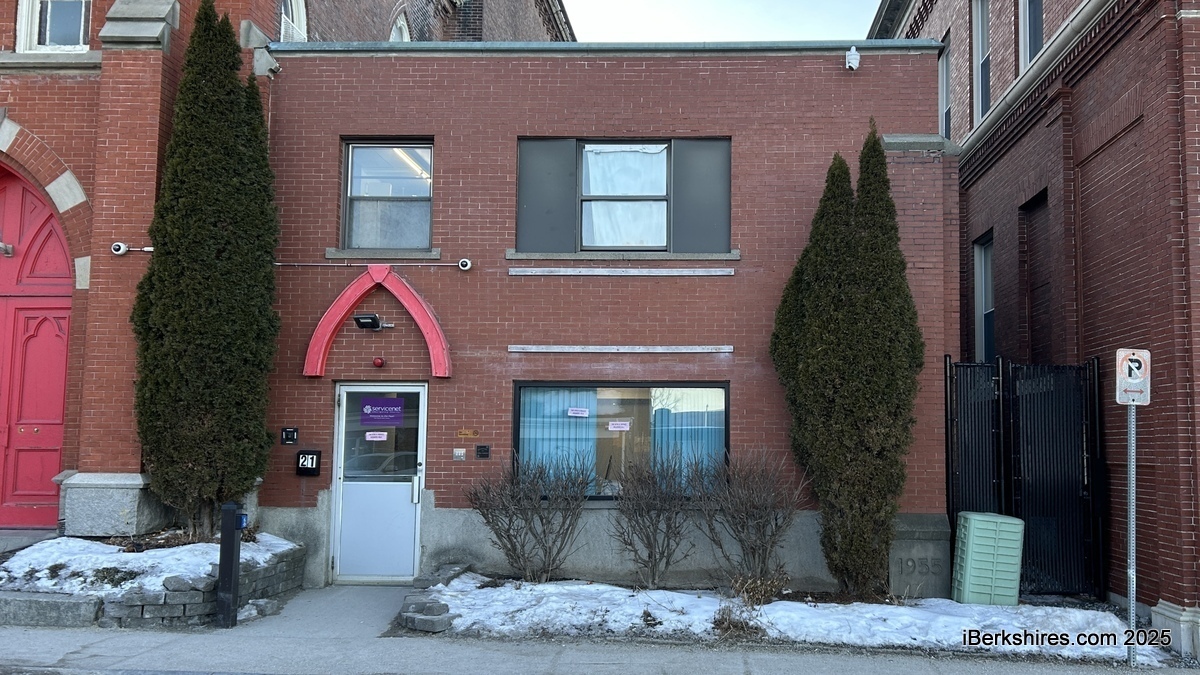USDA Funds May Aid Lanesborough Public Safety Proposal
LANESBOROUGH, Mass. — The town would only see about $60,000 in USDA grants for the proposed public safety building but could finance it through a loan with the federal department.
Last month, the Select Board voted to work with RCAP Solutions as a consultant in the financing application for the U.S. Department of Agriculture funding. This will have to be formalized in a community service agreement.
"My help is writing the entire application for you for free," representative Madison Wellman explained, as the USDA funds non-government organizations like RCAP Solutions to assist communities with the application process.
The Public Safety Building Committee is in the final steps of recommending four designs to the Select Board. Chair Mark Siegars reported that the board has everything but the estimated cost for each, which is being processed and expected soon.
Aside from choosing an option, funding is a huge consideration for this project. At last year's annual town meeting, voters shot down a nearly $6 million proposal for a combined police and ambulance facility.
"The USDA does an awful lot more than simply make sure we're producing enough food, fiber, and timber. They're also the main economic development engine at the federal level for rural America," Wellman explained.
"They have a very broad collection of grant programs that rural communities can apply to, one of them being the Community Facilities Program. Community Facilities is probably the most flexible program they have. It can be invested in just about anything."
The program can help provide funding for public safety buildings to purchase equipment but typically, the grant funds cannot be used for construction itself. This would require a USDA loan, which requires more financial work to prove that the town can repay the debt.
"The current interest rate for USDA direct loans is 4 percent. The loans are amortized over a term of 40 years for the useful life of whatever asset you're purchasing or building," Wellman said.
"There's no statutory cap on the amount of money you can borrow the program, although most loans are under a half a million dollars, though they can get bigger than that if they really need to."
For this fiscal year, the USDA only has $47,000 for grants across the state, and "Unfortunately, there's already more applications in there requesting that for this fiscal year so there won't be any way to get any grant funding today," he said.
More funding will be put into the program for the next fiscal year and RCAP's technical assistance is for three years. However, Wellman said the town should only expect up to $60,000 in a grant because the CF program has a maximum of about $4 million statewide.
"Building a new police station is really what they have the loan program for," he explained.
The loan would require the town to submit complete engineering, architectural, and environmental plans. The USDA is known to work with communities that have a grant and a loan combination to decide what counts as equipment and what counts as construction.
The loan requires no down payment.
It was asked if the town needs approval for the project before they can move forward with an application and RCAP's assistance. Wellman said they are allowed to begin working on an application with the town as soon as a community service agreement is signed and in order to submit the application, the town needs a "yes" vote to apply for the loan or grant.
"I think it's a no-brainer," Select Board member Timothy Sorrell said.
Siegars expected to have cost estimates for each of the build options at the Public Safety Building Committee on Oct. 1 but they were delayed. During the meeting, he reported receiving confirmation from state Rep. John Barrett III's office that $1 million in bond money is available for three more years.
There is the potential for $3.5 million in state bonds.
"We also inquired, because of the way the bond is written that we would get no less than a million dollars, whether we would be able to seek out additional funds,"
"We were advised that it may be, depending upon how things shake out, that we may request an additional $2.5 million."
Tags: public safety buildings, public safety committee,
















